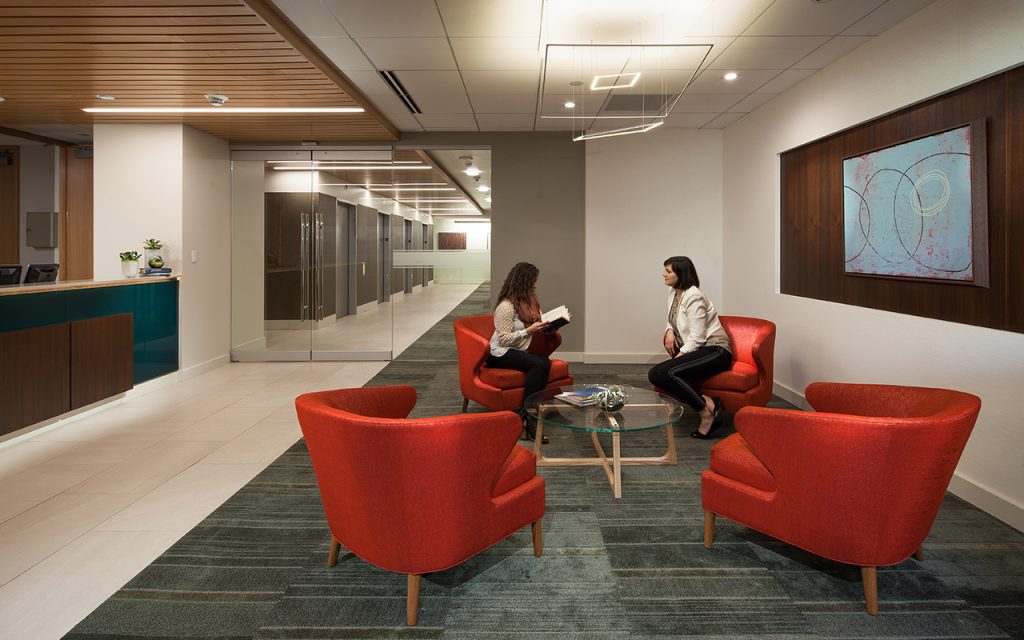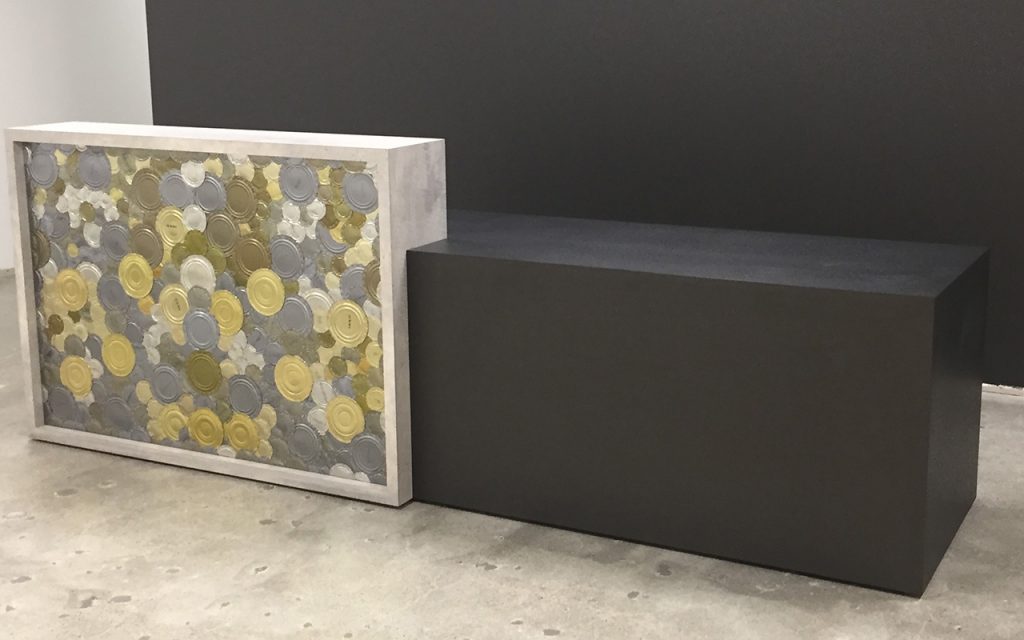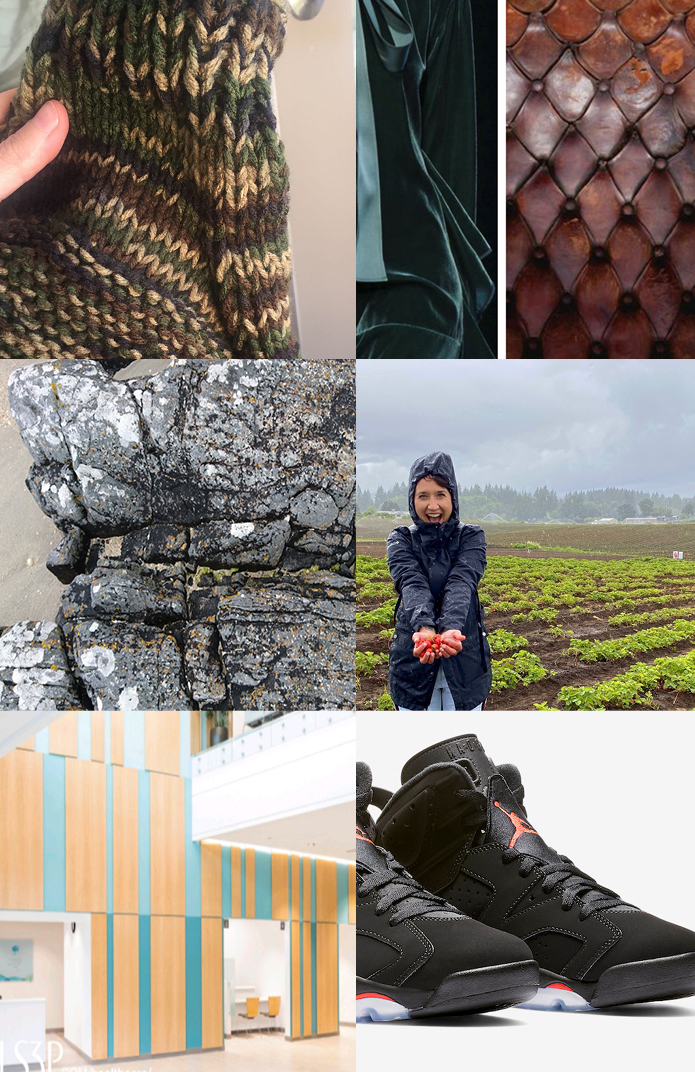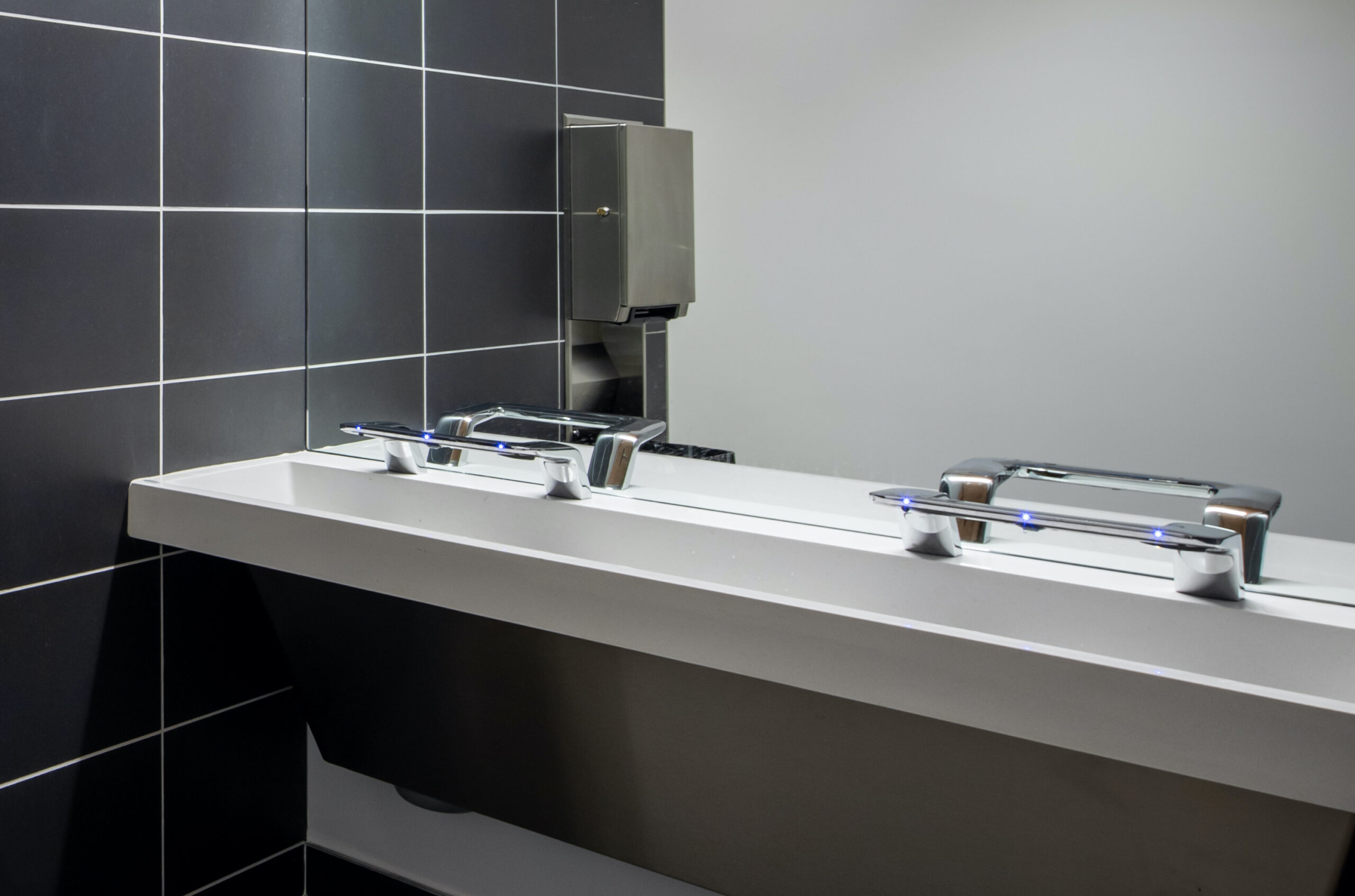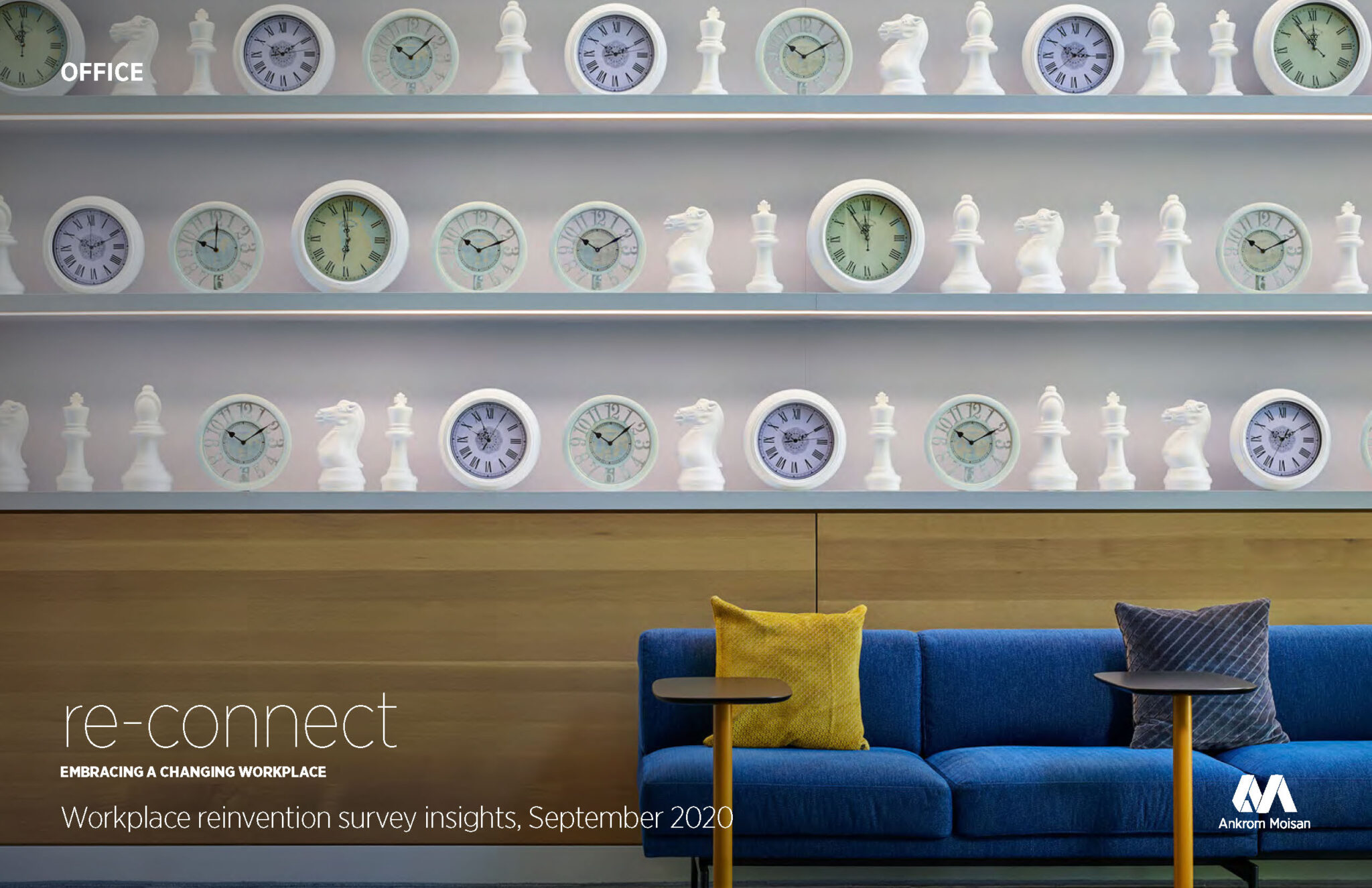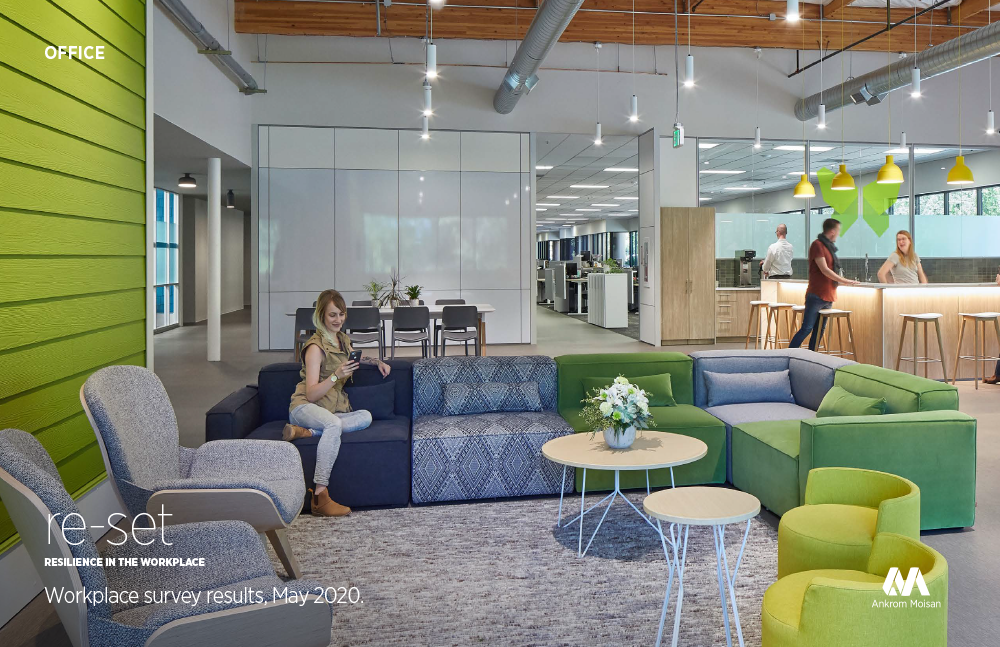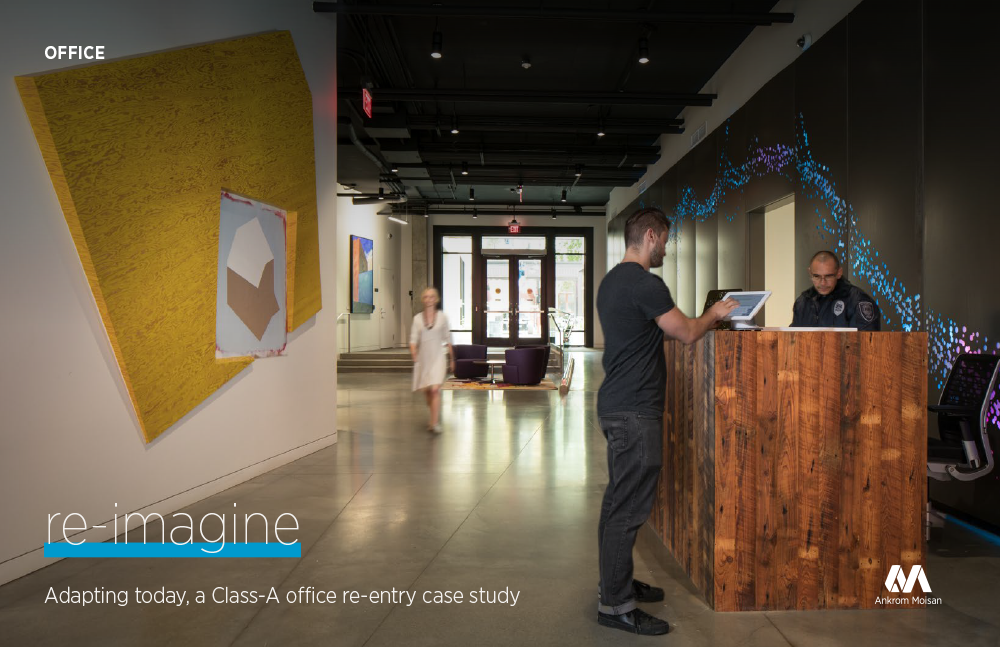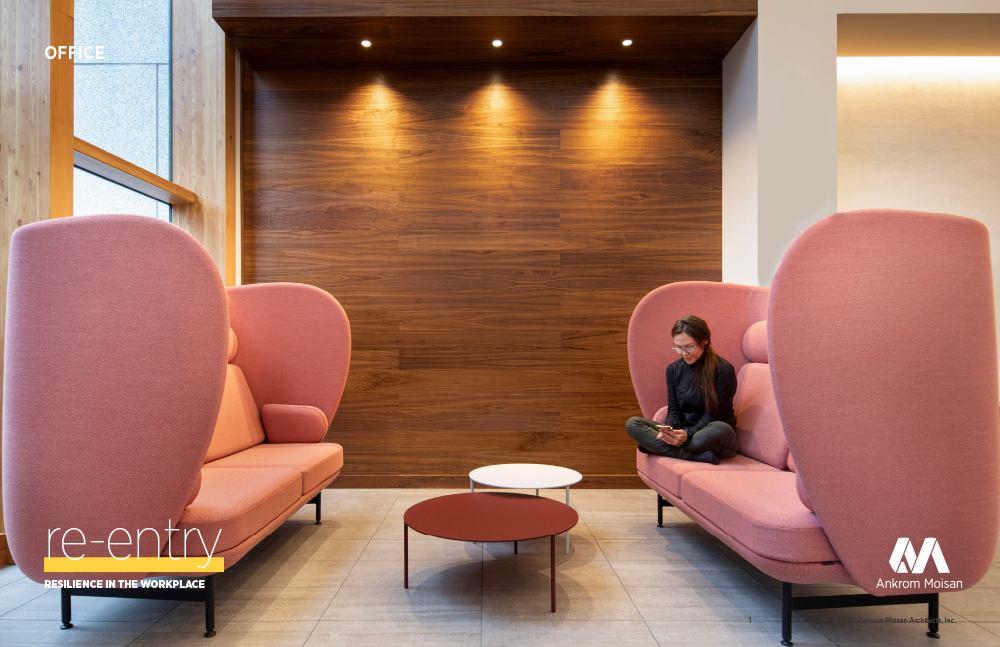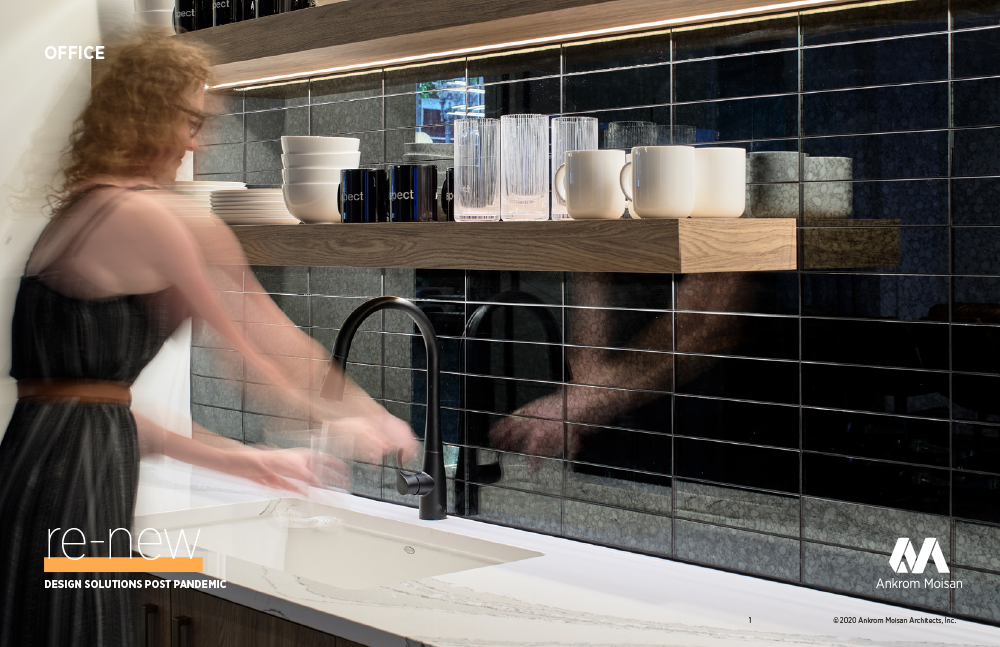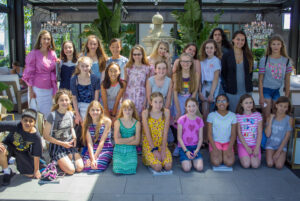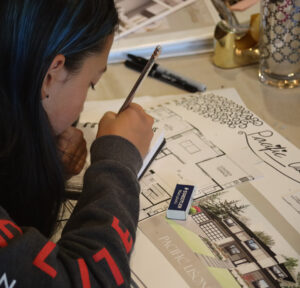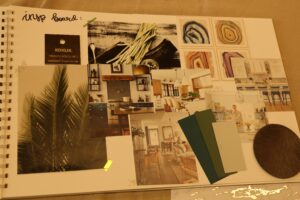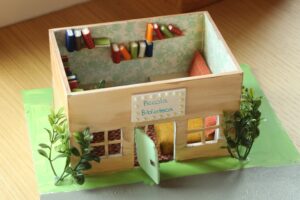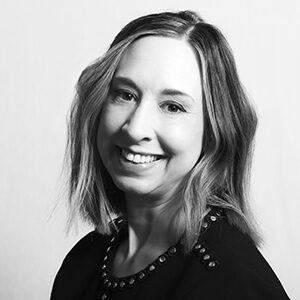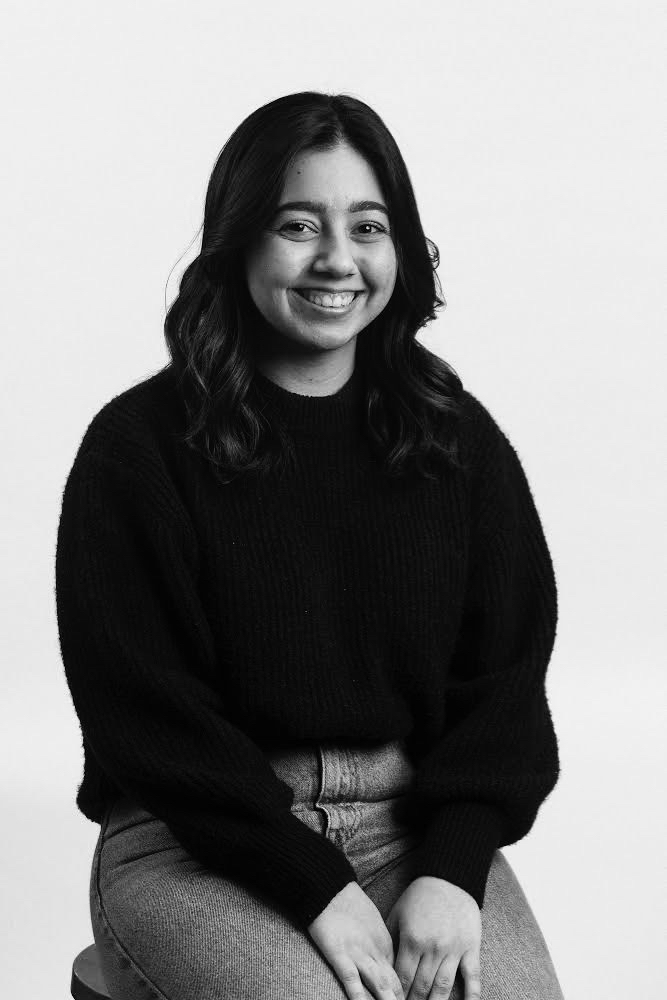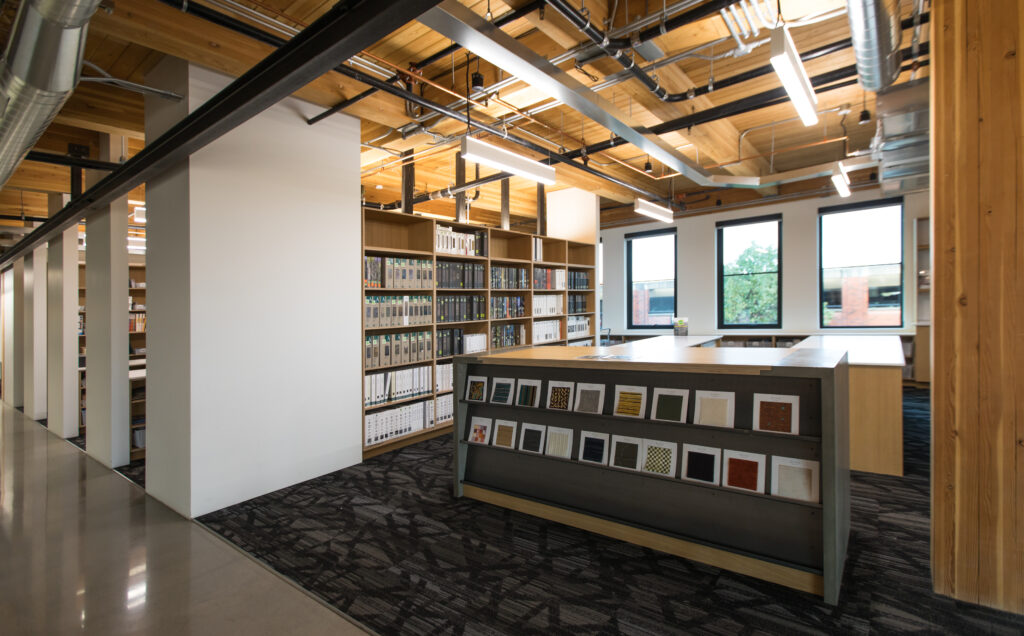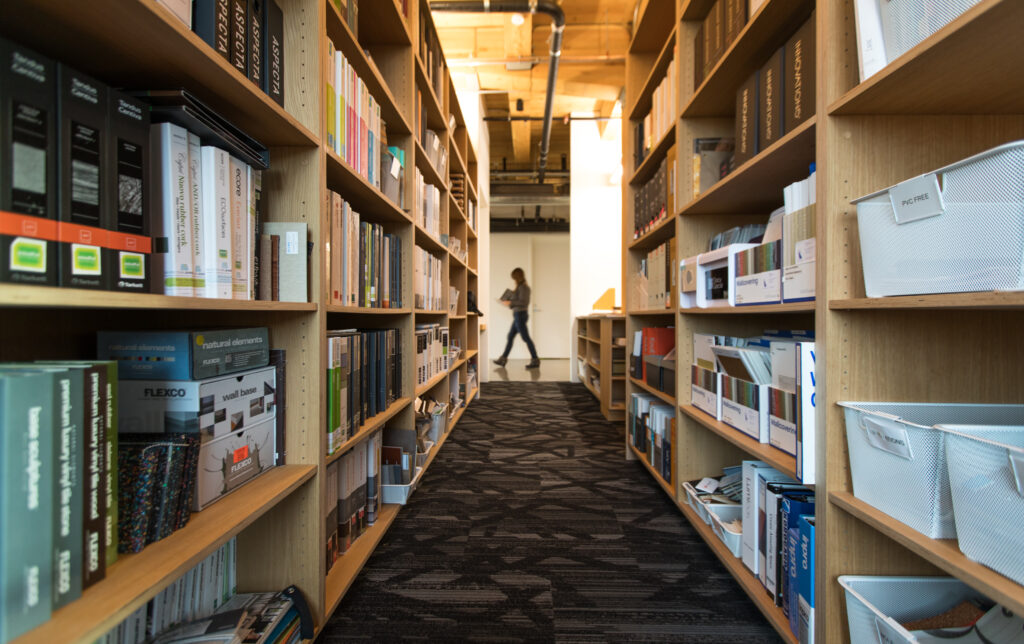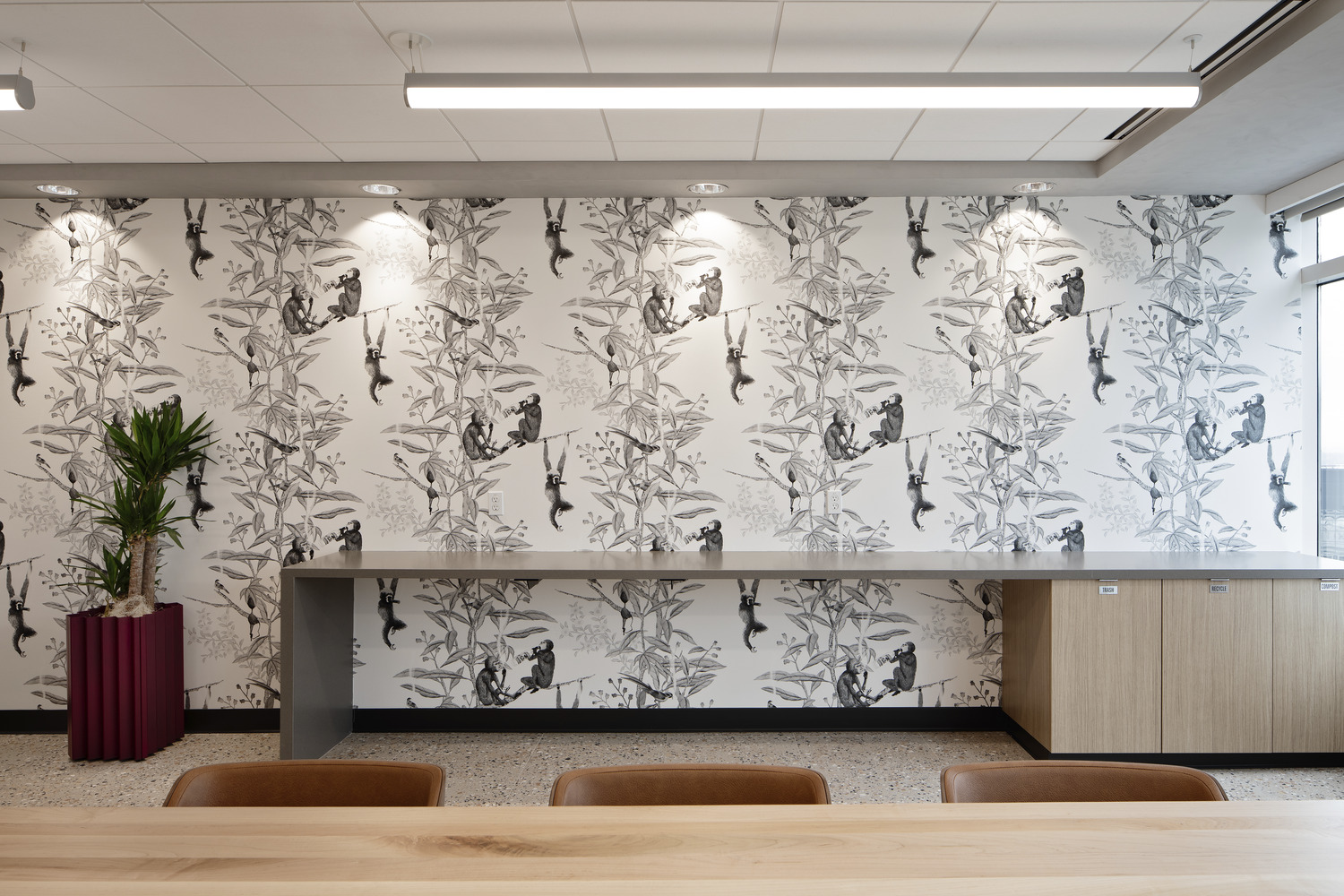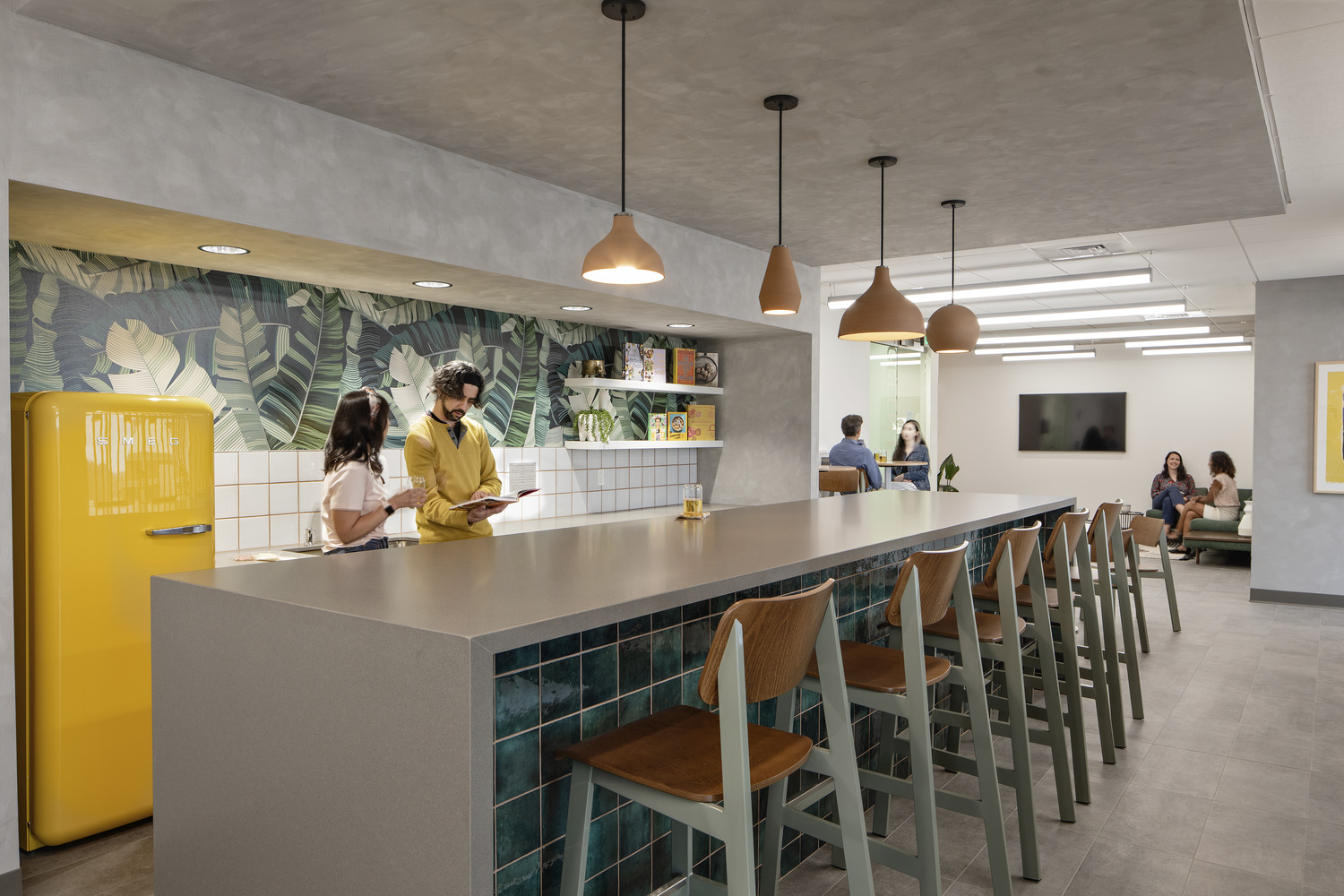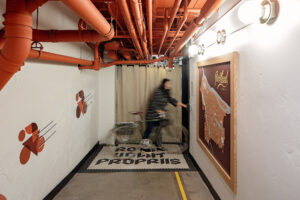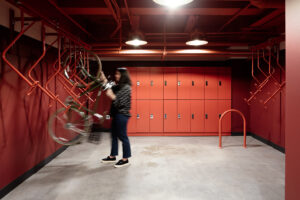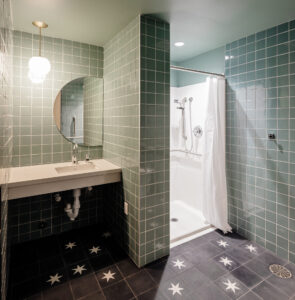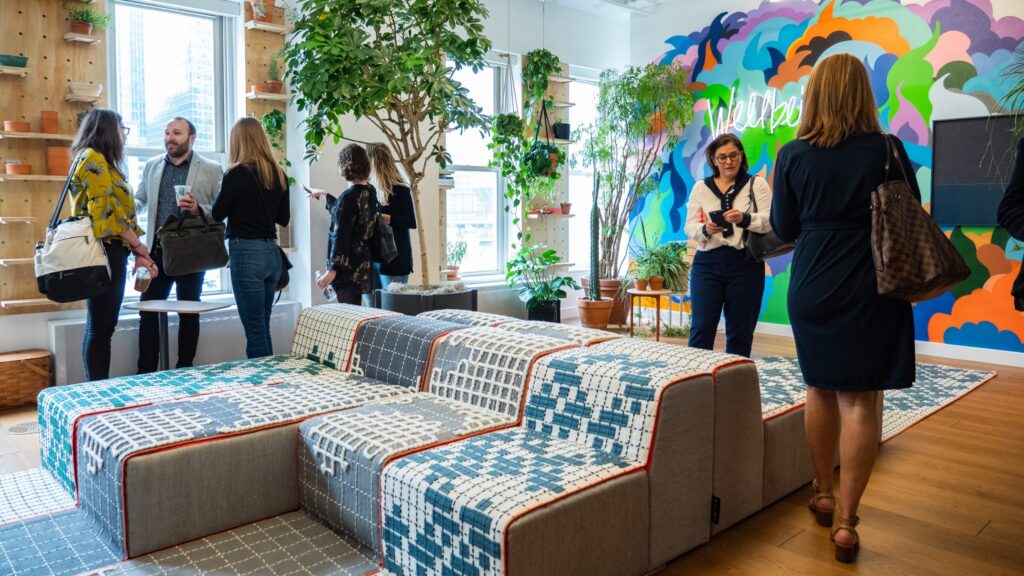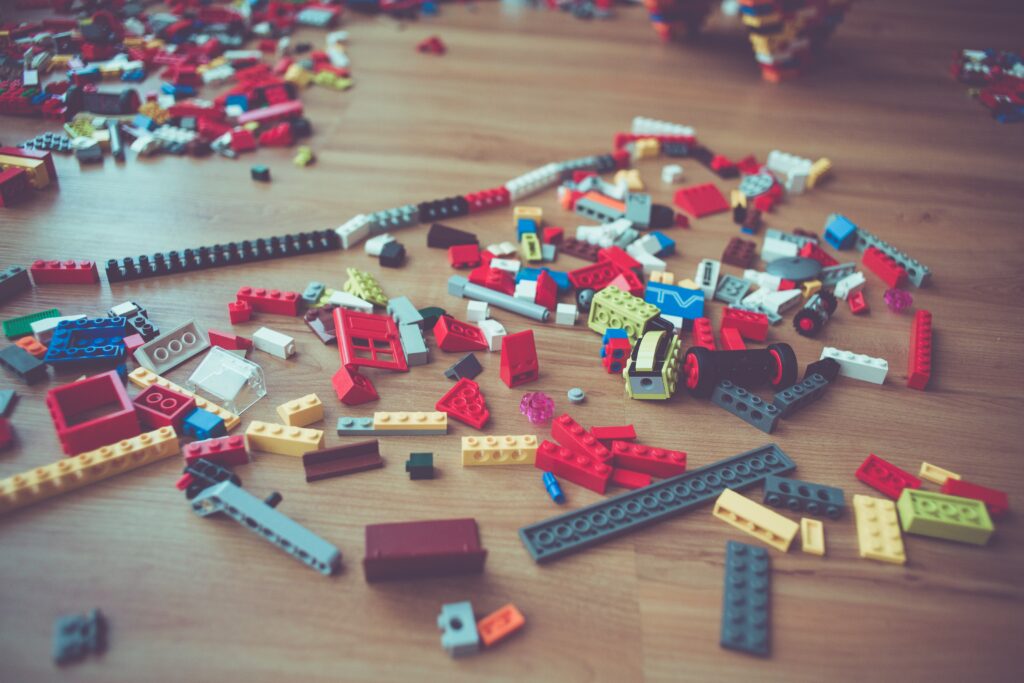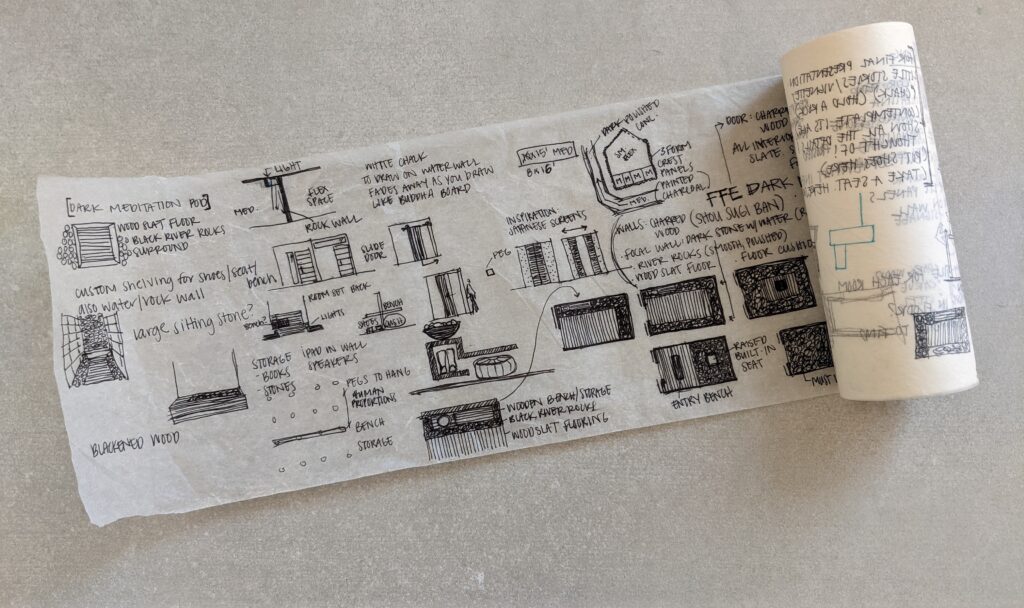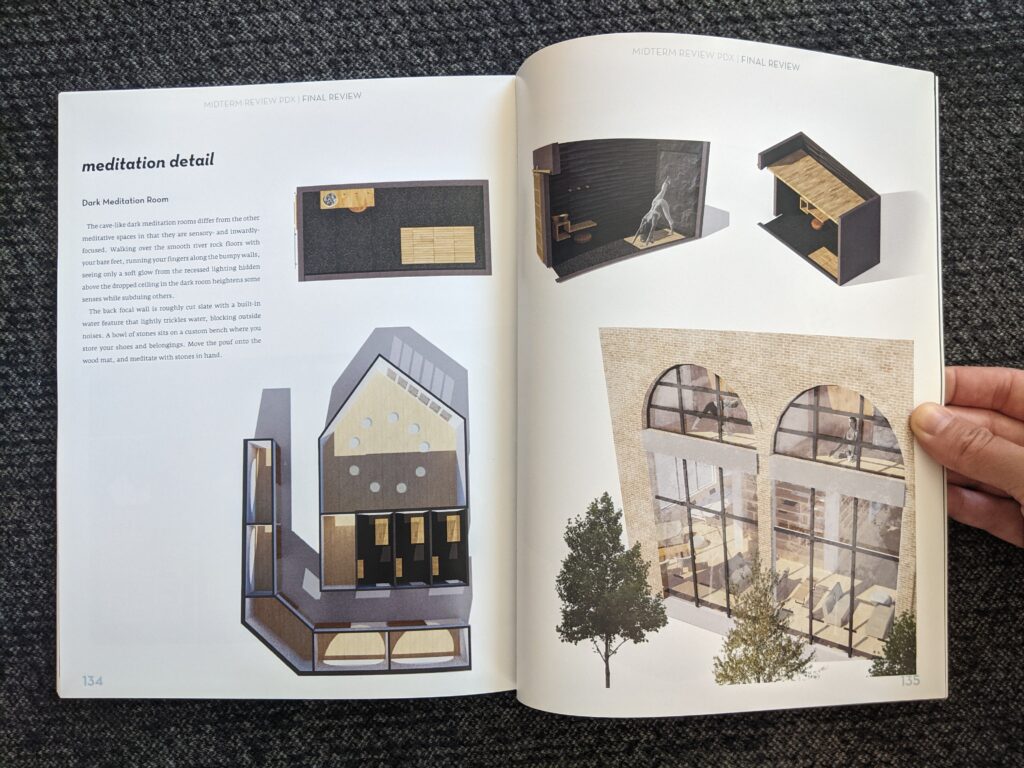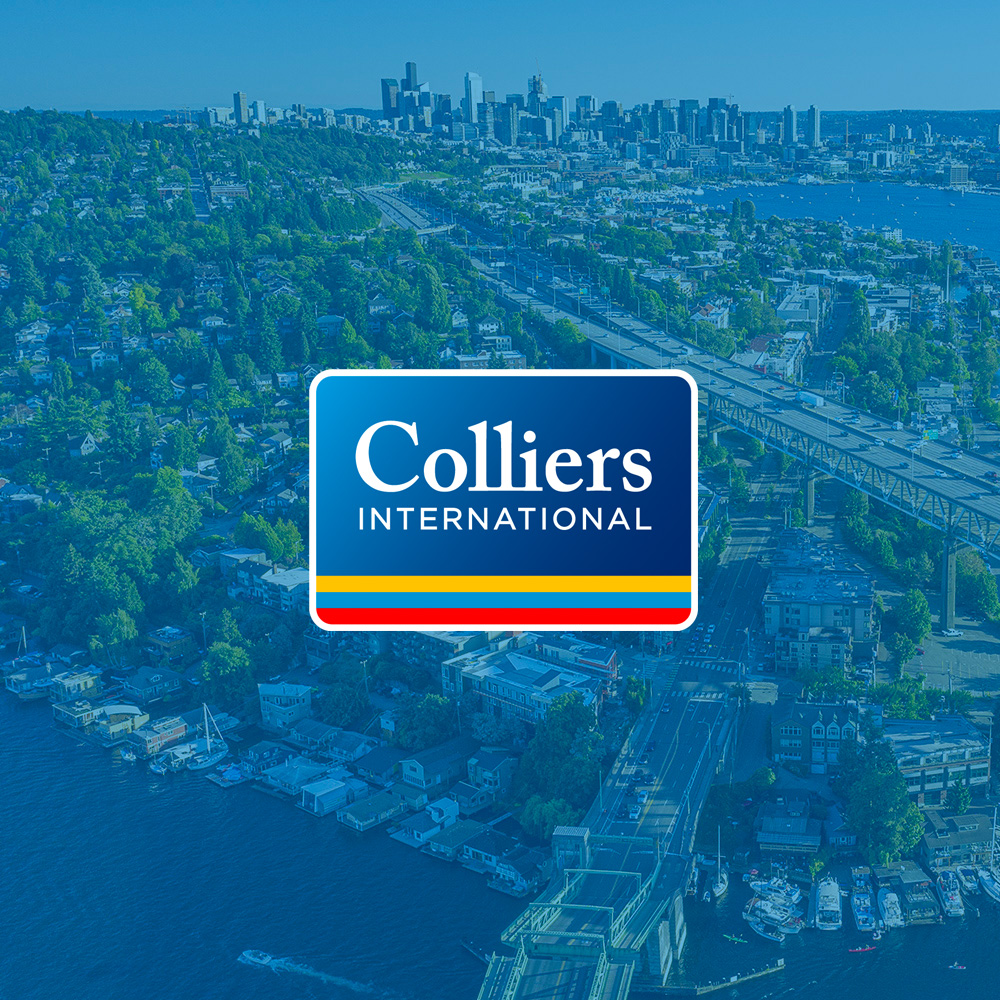With more employers offering the ability to work from home—and most employees preferring to continue doing so, at least part time—a new challenge has arisen to develop workplace solutions for companies that are not able to offer remote options. Creating safe, welcoming, and enriching office environments are essential for businesses to foster a positive culture especially when their services necessitate in-person operations. How do designers and companies collaborate to address post-pandemic employee priorities and offer workplaces that are equitable, uplifting, and inviting to anyone who might want or need to be in the physical office space?
Human centered design strategies that focus on the employees’ perspectives and experiences are essential cornerstones to providing supportive solutions. We begin with conducting surveys or interviews to uncover a company’s unique work culture, concerns, and desires. These discoveries influence the entire design process and fundamentally shape our final solutions, rather than relying solely on our benchmarking and our expertise alone. For a recent client we discovered that if employees had to work in the office, they wanted spaces and tools to help them perform their job functions well and nurture themselves holistically.
With this insight as our guiding light, we developed four design prompts to help interior designers and business leaders evaluate and create space from the end-user’s perspective.
1. I am Valued:
Implement office features that help employees work effectively, thereby letting them know their efforts and commitment to being in the office is recognized and valued.
– Presentation stage with stadium seating open to everyone at any time.
– Integrated noise mitigation (acoustical wall panels, furniture screens, or ceiling baffles, as well as a white noise system)
– New, user-friendly technology (audio-visual equipment and high-speed wi-fi)
– Fully accessible floor plan
2. I am Well:
Recognize that health is currently a primary concern, especially for employees who must work in shared spaces. Provide designated areas where employees can decompress and designs that encourage movement in a safe and healthy manner.
– Wellness and Fitness Center (yoga or multipurpose exercise room)
– Connections to nature (outside views and plantings)
– Gaming area with active games like ping pong and foosball
– Advanced HVAC and lighting (increased fresh air and natural light, and enhanced controls so they can customize their work environment)
– Increased Bike Storage and shower amenities
– Daylit and cheerful break areas/kitchen/kitchenettes with specialty items such as espresso and fitness beverages.
– Multiple options of outdoor space with different orientations providing choices influenced by weather, activity, and time of day.
3. I am Learning:
Support employees in their lifelong education and growth by encouraging career development, learning, skill sharing, and team building opportunities.
– Focus rooms
– Library space for quiet studying
– Environmental graphics and design details related to the history and identity of the surrounding area
– Large gathering spaces for events and trainings
– Roof deck cooking classes
4. I am Caring:
Foster opportunities for employees to connect with their communities in the office and beyond to encourage a rewarding culture of caring.
– “The Great Hall” for local vendors to periodically sell their wares
– Community Leadership council room
– Outdoor entertaining area for neighborhood events
– Indoor entertaining area for movies and World Cup
– Local and natural materials to promote sustainability
With hybrid in office and work from home employment models becoming the norm, the stakes are higher for companies who are limited in their options for offering remote work. People want their employers to show them, through the very design of the physical office environment, that they are valued, their wellness matters, and they have opportunities to learn and offer care. Business success hinges upon creating a rewarding environment that reflects the principles important to employees and provides a conduit to enact positive change.









